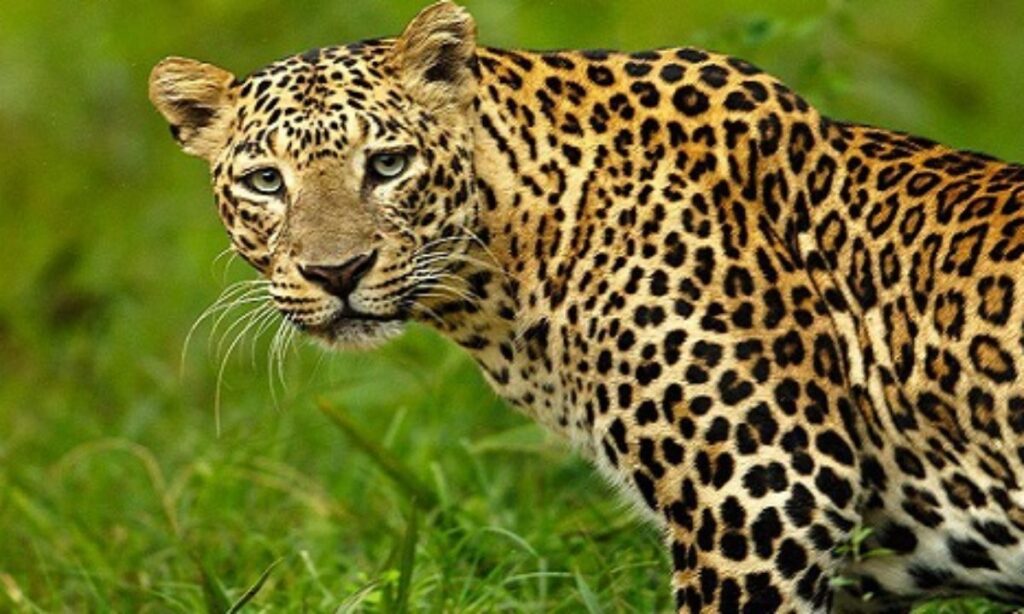5 Facts about Leopards
5 Facts about Leopards A leopard is characterized by its golden spotted coat and elegant yet formidable hunting strategies. Its character, conversely, can be encapsulated as isolated, sneaky, and elusive. Leopards are a significant component of Uganda’s diverse biodiversity. Optimal locations for viewing them include Semiliki National Park and Wildlife Reserve situated in the escarpment of the western Rift Valley, Kidepo Valley National Park in the north, Murchison Falls National Park adjacent to the renowned River Nile, Queen Elizabeth National Park, and Lake Mburo National Park in western Uganda. During a safari in Uganda, while on a wildlife drive in one of the parks, if you are fortunate enough to observe these elegant animals, consider the following five facts about them.

Leopards are reclusive creatures.
Leopards are solitary animals, which is characteristic of the felidae family, with the exception of lions that inhabit social groups known as prides. When observing leopards in pairs, one is a female, indicating the breeding season. A female leopard indicates her mating readiness through the scent of her territorial marks, including her urine. They will copulate 70 to 100 times daily for a duration of 4, 5, or 6 days and may even hunt collaboratively during this period. A gestation period of three months will ensue, resulting in the birth of cubs, of which only 2 or 3 are likely to survive. Subsequently, the male leopard may revert to its solitary existence.
Leopards are the smallest members of the big cat family.
Their stature may have contributed to their status as the most nimble climbers among giant felines. Their habitat primarily consists of trees, allowing them to evade midday heat and consume their meal undisturbed. They reach a height of 92 to 190 centimeters (3 to 6.2 feet), with their tail contributing approximately 99 centimeters to their overall body length. The weight of male leopards normally ranges from 36 to 75 kilograms, while female leopards weigh between 21 and 60 kilos. The size of leopards as the smallest in their family does not correlate with their strength. They can independently transport up to 50 kg of prey into a tree.
Leopards have a lack of dietary selectivity.
The variety of their carnivorous food has positively influenced their survival in the wild. They can consume nearly any vertebrate, including reptiles, fish, warthogs, zebras, antelopes, and wildebeests. They, however, exhibit a penchant for medium-sized animals such as antelopes. They derive the necessary water content for survival from their prey, enabling them to endure prolonged periods without direct access to water.
Leopards are stealthy hunters.
They observe their victim from a short distance, poised in ambush should the target approach the leopard’s vicinity. Upon proximity to the prey, it executes a rapid and brutal maneuver, typically by seizing the neck and fracturing it. For tiny species like rats, a single swipe of the paw is plenty to do the task. The leopard can reach speeds of up to 35 miles per hour, providing a significant edge in its hunting endeavors. The pursuit of the leopard’s progeny commences at 3 to 4 months of age and is refined with time.
Leopards exhibit adaptability to their environment.
They can inhabit any ecosystem, which accounts for their presence in diverse parks across several parts of Uganda. Leopards may survive in several environments, including rainforests, woodlands, savanna grasslands, mountains, shrublands, and swamps. This distinguishes them from other members of the large cat family, such as the lion, which seeks to dominate territories near water supplies for survival.
